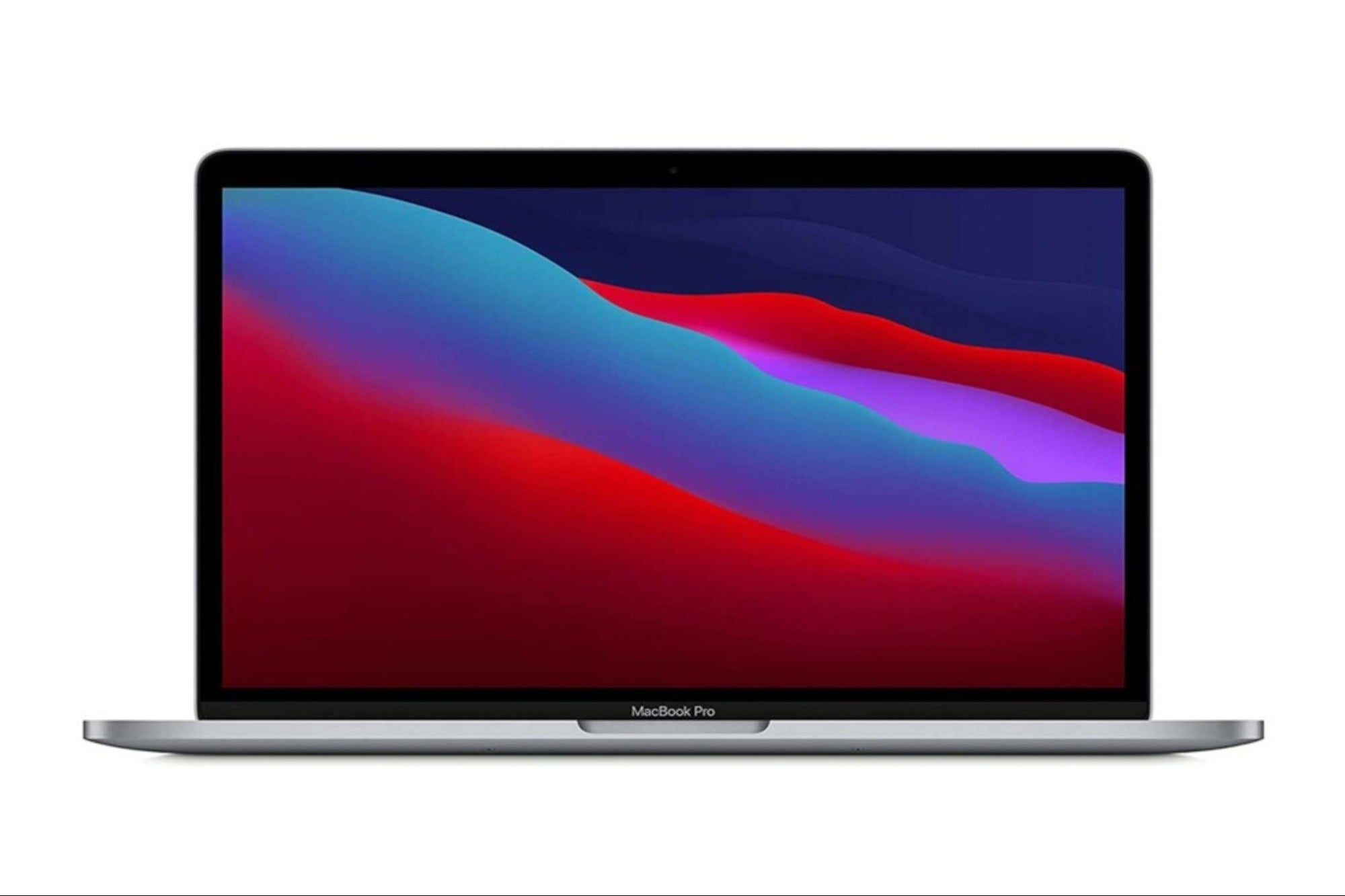How to Use Pop-Ups on Your Website Without Annoying Users Pop-ups are potent tools for web conversions. Here's how to use them without driving your users away.
By Itai Sadan Edited by Chelsea Brown
Opinions expressed by BIZ Experiences contributors are their own.
If you're a marketer, advertiser or any other related position, pop-ups are one of the many tools at your disposal. They can be very effective at generating conversions and leads by prompting users to take action like signing up for a newsletter or using a coupon code to make a purchase.
Today, websites can have many different types of pop-ups and banners, from cookie notifications to first-time visitor pop-ups to exit intent pop-ups. Despite their value for lead generation, pop-ups can be problematic from a user experience perspective, and using pop-ups incorrectly can actually drive users away. How you execute these pop-ups can mean the difference between users converting or quitting the site entirely. The challenge is to find the right balance to achieve your goals without annoying your users.
Knowing what kind of pop-ups to use, as well as how to use them effectively, will keep your users happy. Here are a few things to know about strong pop-ups, as well as some options you can consider when working on your next pop-up strategy.
Related: 7 Ways Pop-Up Ads Can Bolster Your Sales
Pop-ups are good at what they do
When done correctly, pop-ups are powerful converters. Data from one million live Duda sites shows that, on average, sites that used pop-ups saw a conversion rate four times higher than sites that didn't use them. Sites without pop-ups saw a 3.7% conversion rate, whereas sites with pop-ups had a 16% conversion rate.
Knowing what type of pop-up you need will also keep users satisfied. There are pop-ups for marketing purposes, and then there are pop-ups for compliance needs. For marketing, 8.4% of our live sites leverage pop-ups for marketing offers or to deliver timely information. These pop-ups drive top-level conversion growth, and they typically offer a discount or encourage users to fill out a form.
There are also required pop-ups, such as cookie policies for GDPR compliance. Duda data shows that out of one million live sites, 25% use GDPR-related pop-ups.
Keep user goals in mind
To create an effective pop-up strategy, you need to ask yourself a few questions. What are your goals, and what kinds of pop-ups accomplish those goals? Additionally, what problems can your pop-ups solve for your users?
The most effective pop-ups are those that keep the user's needs at the forefront and deliver value that is worth their while. To accomplish this, you need to first understand what your users are looking for and then serve them a pop-up that delivers a clear and compelling solution to that need. We consistently see websites that leverage pop-ups get higher conversion rates, sometimes 3-5 times higher, when using a pop-up instead of other methods, like banners, on a web page.
Be considerate of timing
No one wants to be approached the second they walk into a shop before they've had the chance to even look around. The same is true for your pop-ups. Not only are immediate pop-ups bad for your Google search rankings, but they're also the type of pop-ups users are likely to find the most aggravating. A better practice would be to time pop-ups either as a user is leaving or time it so they'll close automatically after a few seconds.
Related: User Experience Is the Most Important Metric You Aren't Measuring
Use accessibility best practices
It may go without saying, but you should make sure your pop-ups are accessible and easy to read. Do they have a strong visual focus? If they take up a portion of the page, is it visually distinct from the rest of the page? Do they have clear CTAs? Is it obvious what the user is being asked to do?
Common accessibility issues include tab loops, missing labels, tab focus and keyboard support. According to Duda's data, these issues represented 8-10% of the total issues detected during typical audits. Clearing up these issues will go a long way toward making your pop-ups more successful. Additionally, any third-party content that appears within an inline frame as part of the pop-up could introduce inaccessible content that would be difficult to correct.
Despite their negative connotations at times, pop-ups are very effective at driving top-level conversions and generating leads. If you're a marketer or agency professional, they're an important part of your strategy. But there is a right way to do them that doesn't wear out your user's trackpad trying to find the "X."











